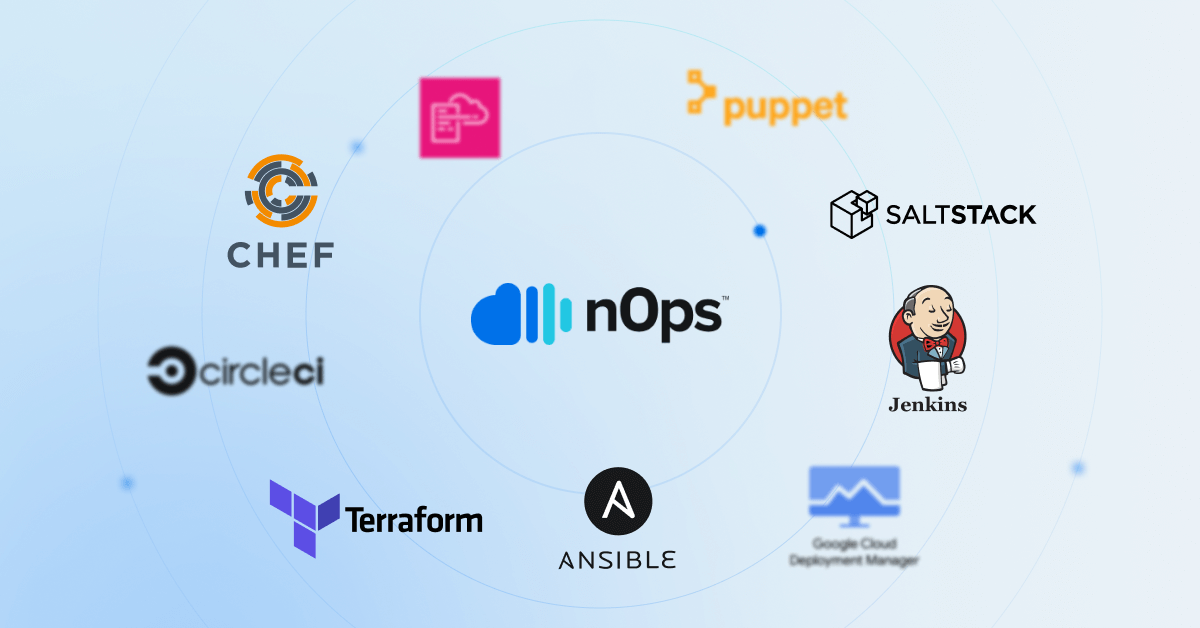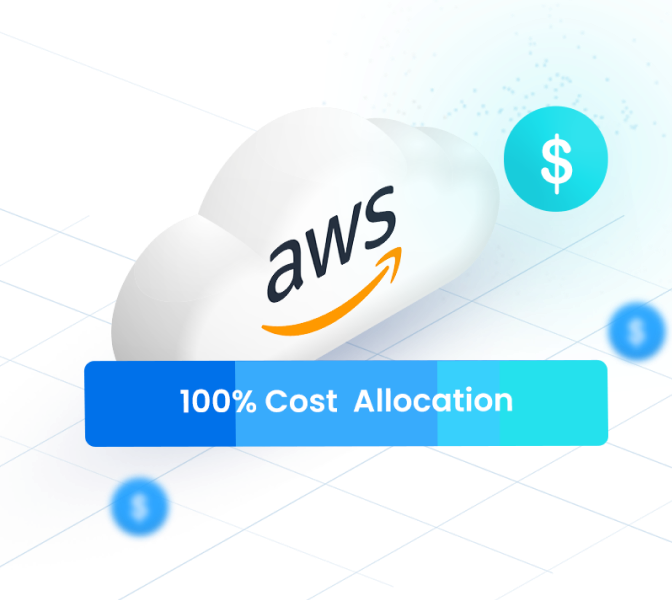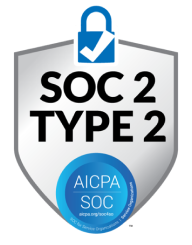According to the latest Datadog State of DevSecOps report, a surprising amount of organizations still aren’t embracing cloud automation. At least 38% of organizations leveraging AWS had deployed workloads or completed sensitive actions manually through the AWS console in a production environment within a 14-day period, meaning they are relying on manual efforts instead of automation.
By adopting the best practice of cloud automation, organizations can realize many benefits, such as:
- Improved quality control and performance due to fewer human or user errors
- Faster innovation as automation frees engineers from manual repetitive manual tasks
- Significant cost savings as automation helps keep workloads optimized and efficient
At nOps, we manage $1.5 billion in AWS spend, and that wouldn’t be possible without cloud automation. In this article, we’ll cover the top cloud automation tools broken down by category, with key features and tips.
Top Cloud Infrastructure Automation Tools
Cloud Optimization tools
Cloud Optimization tools help optimize cloud costs and performance by analyzing usage, automating resource adjustments, managing workloads, and more.
nOps
To make it faster and easier for you to understand and optimize your cloud costs, nOps created an all-in-one automated cloud optimization platform. Here are some nOps tools which help you to supercharge your cloud efficiency through the power of cloud automation:
Business Contexts: understand 100% of your AWS bill with cost allocation, chargebacks, showbacks, tagging, and intuitive filters for breaking down cloud costs
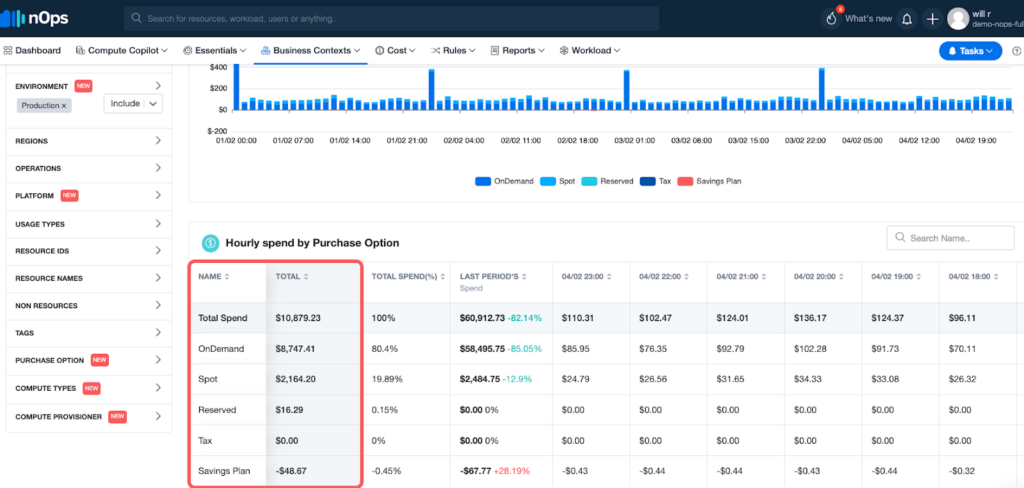
Compute Copilot: makes it easy to automatically manage workloads and save up to 90% with Spot discounts
Commitment management: automatic life-cycle management of your EC2/RDS/EKS commitments with risk-free guarantee
Storage migration: One-Click automatic EBS volume migration
Rightsizing: automatically rightsize EC2 instances and Auto Scaling Groups
Resource scheduling: automatically schedule and pause idle resources
Well Architected Review: automate and streamline your AWS Well-Architected Review
MAP: maximize MAP funding, automatically tag resources, track cloud migration credits
For more recommended cloud management tools to optimize your cloud resources, you can check out the full list of cloud management platforms.
Infrastructure as Code Tools
Infrastructure as Code (IaC) tools allow users to define and provision data center infrastructure using a high-level configuration syntax. Here are some cloud infrastructure automation tools for your IaC needs.
Terraform

Terraform is an IaC tool that helps you manage cloud resources, including both low-level components (compute, storage, and networking resources) and high-level components (DNS entries, SaaS features). It employs “providers” to interact with these resources, with HashiCorp supporting a number of official providers alongside many community-developed options.
Unlike traditional imperative command approaches that specify a series of steps to achieve a desired configuration, Terraform adopts a declarative style. This method involves specifying the desired end state of the infrastructure within a human-readable configuration file that you can version, reuse and share.
Key features of Terraform:
- Remote Terraform Execution enables collaboration and management of cloud infrastructure from various locations.
- Remote Terraform Execution enables collaboration and management of cloud infrastructure from various locations.
- Private Module Registry allows teams to share and reuse infrastructure components securely.
- Policy Enforcement ensuring adherence to organizational policies and regulatory requirements across infrastructure deployments
- Run Custom Tasks or Scripts as part of Terraform workflows, extending cloud automation capabilities to meet specific requirements.
CloudFormation
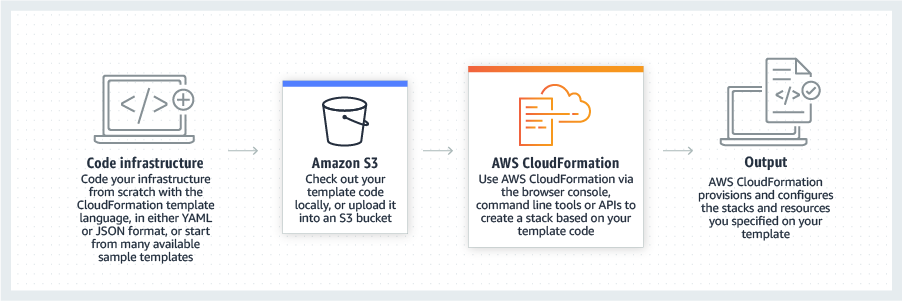
CloudFormation is an IaC tool from AWS that enables you to manage AWS resources. You define the required resources and their relationships in a configuration file, which can be written in JSON or YAML. This setup helps automate the deployment and management of AWS cloud infrastructure.
While Terraform and CloudFormation are both IaC tools, there are also some differences. Firstly, Terraform is suitable for multicloud management, whereas CloudFormation is only for AWS. Terraform requires manual setup of state storage and actively manages state across multiple cloud environments, while CloudFormation automatically handles state within the AWS environment without user intervention. There are also other differences regarding configuration syntax, extensibility, deployment flexibility, etc.
Key features of CloudFormation:
- Extensibility is enhanced through the AWS CloudFormation Registry, enabling the modeling and provisioning of third-party resources and modules.
- Cross-account and cross-region management is streamlined with CloudFormation StackSets, facilitating the provisioning of resources across multiple accounts and regions.
- Authoring with JSON/YAML or Authoring with familiar programming languages are both supported for defining resources
- Safety controls are inherent in CloudFormation, ensuring safe and controlled infrastructure provisioning and updates through features like Rollback Triggers, ChangeSets, and Drift Detection.
- Preview changes to your environment with AWS CloudFormation Change Sets, allowing for the preview of proposed changes before execution.
Google Cloud Deployment Manager
Google Cloud Deployment Manager is a tool specifically for the management of resources on Google Cloud Platform (GCP).
Users can automate the provisioning and management of GCP resources by defining them in templates, which are written in YAML or Python. This allows for dynamic configuration and the reuse of scripts for deploying applications and services across Google Cloud. It’s important to note that you can also configure and manage Google Cloud IaC with the Terraform provider for Google Cloud.
Key features of Google Cloud Deployment Manager include:
- Declarative configuration using a high-level configuration syntax, promoting consistency and repeatability.
- Automated resource dependency handling during deployment actions, eliminating the need for manual specification of creation order.
- Seamless integration with GCP Services, facilitating streamlined management and provisioning of cloud resources.
- Create templates using YAML or Python, offering flexibility and ease of configuration for diverse infrastructure requirements.
- Features for safe infrastructure operations such as previewing changes and automated rollback mechanism
Configuration Management Tools
Ansible

Ansible is an open-source, command-line cloud automation platform written in Python. It offers cloud automation tools to help you configure systems, deploy software, and orchestrate advanced workflows to support tasks like application deployment and system updates.
Ansible uses a simple, human-readable YAML syntax to describe the automation jobs, and it operates over SSH without requiring agent installation on web servers.
Key cloud infrastructure automation features:
- Agentless architecture eliminates the need for client software on managed nodes, reducing overhead and ensuring compatibility with diverse environments.
- Playbook-based automation allows for the sequential execution of tasks across infrastructure, enabling complex workflows and orchestration.
- Idempotent operations ensure that running tasks multiple times yields the same result, promoting predictability and reliability.
- Integration with CMDBs and other systems enhances visibility and enables comprehensive infrastructure management.
Chef
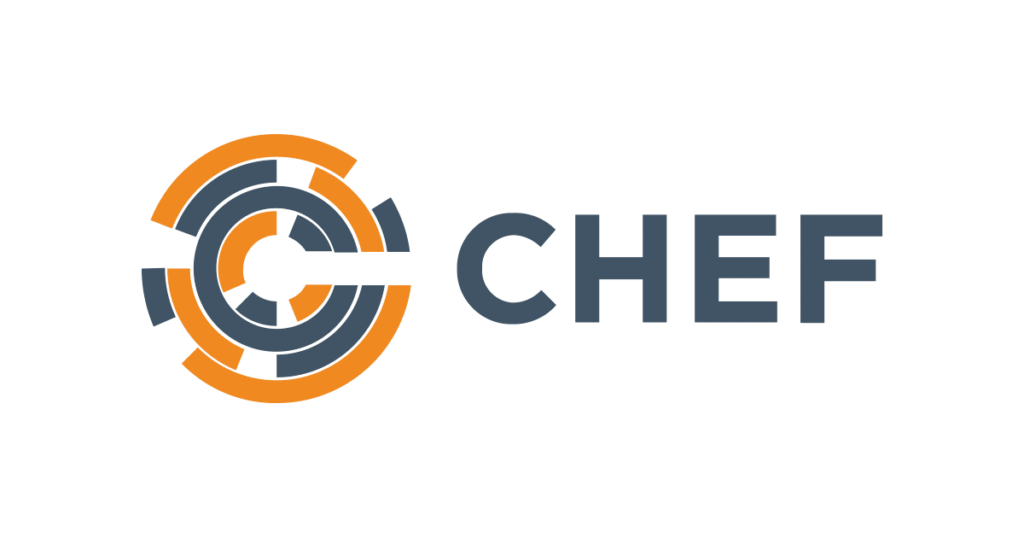
Chef is an open-source cloud automation platform that streamlines the configuration and management of infrastructure across networks.
Utilizing a Ruby-based domain-specific language (DSL) for writing system configuration “recipes,” Chef ensures that cloud infrastructure is managed as code and is automatically and consistently configured. This approach allows Chef to handle large-scale systems across diverse environments, providing scalable cloud automation tools for continuous deployment, configuration updates, and more.
Key cloud infrastructure automation features:
- “Recipe” and “cookbook” approach allows for the modular definition of system configurations, promoting code reuse and maintainability.
- Agent-based architecture enables remote execution of configuration tasks, ensuring consistent management of infrastructure across diverse environments.
- Policy-driven cloud automation facilitates compliance and governance by enforcing organizational standards and best practices.
- Integration with version control systems (VCS) enables collaboration and versioning of infrastructure configurations, promoting DevOps practices and enabling continuous delivery of cloud services
Puppet
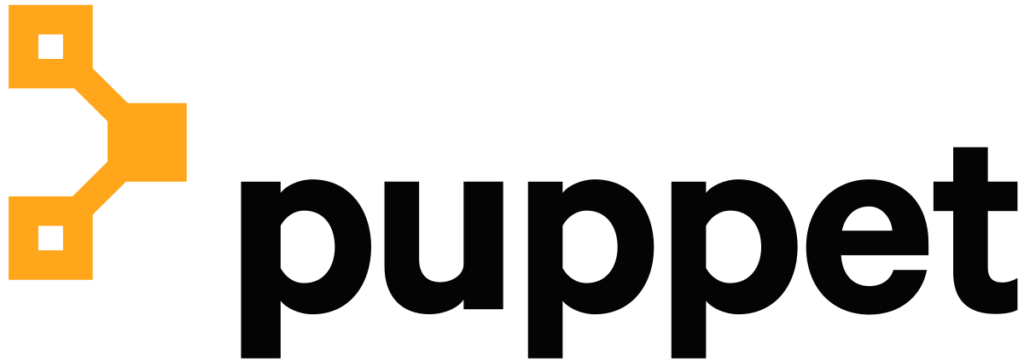
Puppet is an open-source cloud automation tool that helps automate the provisioning, configuration, and management of servers.
Utilizing a declarative language, Puppet allows users to specify system configurations focusing on the end state rather than the process to achieve it (in contrast to tools like Chef which are more imperative).
Key cloud infrastructure automation features:
- Extensive module ecosystem provides pre-built configurations for common infrastructure components, enabling rapid deployment and customization.
- Role-based access control (RBAC) ensures granular control over configuration changes and promotes security best practices.
- Continuous enforcement of desired state ensures infrastructure remains in the desired configuration, reducing manual intervention and minimizing drift.
Salt (SaltStack)
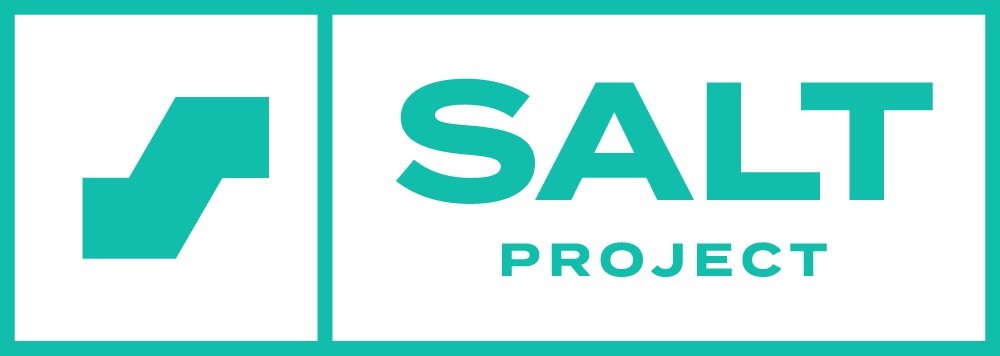
Salt is also a popular configuration management and remote execution tool. Salt’s architecture is based on a master-minion model where commands are centrally managed and distributed to nodes via a secure and fast communication protocol.
Salt is notable for its ability to handle high-speed data transport and support large-scale systems. Salt’s configuration management capabilities ensure that all systems are maintained in a desired, consistent state through a modular and reusable codebase written in YAML or Python.
Key cloud infrastructure automation features:
- High-speed data transport enables rapid communication and management of infrastructure across distributed environments.
- Modular and reusable codebase written in YAML or Python facilitates configuration management and ensures consistent infrastructure state.
- Event-driven cloud automation allows for real-time reactions to system events and changes, enhancing agility and responsiveness.
- Comprehensive cloud orchestration capabilities enable complex workflows and coordination of tasks across diverse environments.
Continuous Integration/Continuous Deployment tools
CI/CD (Continuous Integration/Continuous Delivery) tools automate the building, testing, and deployment of software. Here are the top cloud infrastructure automation tools to help with CI/CD.
Jenkins
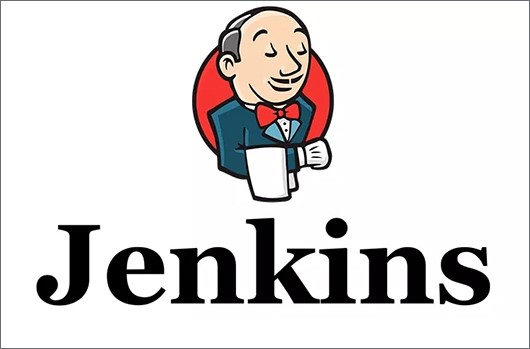
Jenkins is a widely-used open-source cloud automation server that facilitates Continuous Integration (CI) and Continuous Deployment (CD) processes. It helps automate the parts of software development related to building, testing, and deploying, facilitating continuous integration, and continuous delivery.
With support for various programming languages and integration with numerous tools and plugins, Jenkins offers flexibility and extensibility in automating software development pipelines. Its web-based interface allows for easy configuration and management of jobs, enabling teams to automate building, testing, and deployment tasks efficiently. Jenkins pipelines, defined either declaratively or through scripted pipelines, help teams define complex build and deployment workflows as code.
Key cloud infrastructure automation features:
- Flexible Automation for any project, as Jenkins can serve as both a CI server and a continuous delivery hub
- Easy Installation, as Jenkins is a self-contained Java-based program ready to run out-of-the-box on Windows, Linux, macOS, and Unix-like systems.
- Simple Configuration via web interface, featuring on-the-fly error checks and built-in help.
- Extensive Plugin Integration through a vast plugin ecosystem, providing extensive customization possibilities.
- Scalable Distribution across multiple virtual machines to speed up builds, tests, and deployments across various platforms.
CircleCI
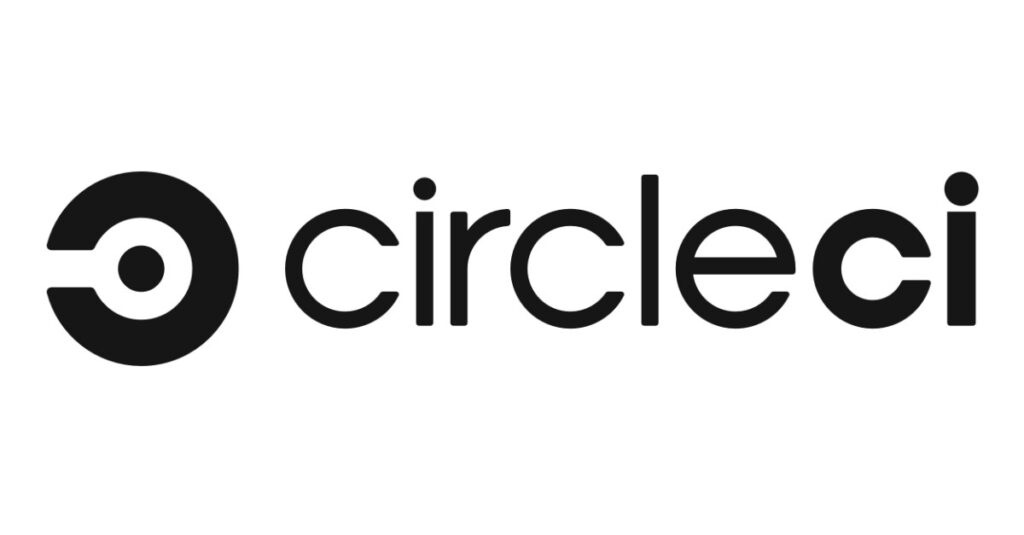
CircleCI is a cloud-based CI/CD platform that enables teams to automate their software development workflows. By providing a managed environment for running builds and tests, CircleCI simplifies the setup and maintenance of CI/CD pipelines.
With support for multiple programming languages and frameworks, as well as integration with popular version control systems and deployment platforms, CircleCI streamlines the process of building, testing, and deploying applications across diverse cloud environments. Its configuration, defined in YAML format, allows for easy customization and versioning of CI/CD pipelines.
Key cloud automation features:
- SSH Debugging: Access and debug build issues by SSHing into any job directly.
- Parallelism Configuration: Speed up test job execution by setting up parallelism in your configuration file.
- Caching Configuration: Reuse data from previous jobs in your workflow by configuring caching with simple keys.
- Self-hosted Runners: Customize platform support by configuring self-hosted runners.
- Arm Architecture Support: Access Arm VM resources and Arm on Docker for diverse platform support.
- Orbs Integration: Integrate seamlessly with third-party services using orbs, reusable packages of configuration.
- Hybrid Cloud Support: easily integrate CircleCI into cloud environments from multiple cloud providers, allowing organizations to leverage both public cloud service providers and on-premises infrastructure
About nOps
nOps is an AI-powered FinOps cloud automation platform that helps users optimize their AWS infrastructure for minimal engineering effort. The platform offers an all-in-one suite of cloud optimization solutions, including nOps Business Contexts for understanding 100% of your AWS bill with cost allocation, chargebacks, showbacks, and tagging.
nOps was recently ranked #1 in G2’s cloud cost management category, and we optimize $1.5 billion in cloud spend for our customers.
Join our customers using nOps to understand your cloud costs and leverage automation with complete confidence by booking a demo today!
.png?width=1920&height=1080&name=Landscape%20(4).png)

